The Feather Featured Art series is chosen by art teacher Vickey Belmont from her classes and/or independent art students. Belmont picks the best work during current units and encourages students to participate in these occasional posts. Other students are encouraged to submit art pieces as well. Please contact the editors directly or via adviser Kori James for submissions.
Description by art teacher Vickey Belmont:
Color theory is introduced at the start of the second semester in art I via monochromatic landscapes; it consists of making a color wheel where students learn how to mix primary colors into secondary and tertiary colors.
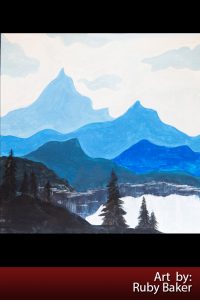
In the Color Theory Basics video, the instructor gives a run down on mixing colors, hues, value and color schemes. Another website to gain a better understanding of color is Color Matters. It offers more than just color theory. It is an interesting site if you want to know anything about color.
The current campus art I project and unit challenges the students to create a monochromatic landscape. They are using the element of value, which is the range of light to dark.
A landscape helps the students see the gradual change of their chosen color as they add white and black to the original color. The landscapes serve as a color strip for the next project they will start, a monochromatic self portrait.
Artrageous Art Studio’s instruction on how to paint a monochromatic landscape offers tips on how to mix shades and tints. Unity, a principle of art, using one color to produce multiple shades of tints and shade.
Monochromatic color scheme
Monochromatic (or mono) is a color scheme based on only one, single c tint. It uses only variations (shades) of a single hue, made by altering the saturation and brightness of the base color. Black and white are added, as they are the brightest and the darkest shade of the color.
Ruby Baker, a freshmen and first-year art student, understood the concept of value and the monochromatic color scheme. Her project shows the range of dark to light, the landscape she drew also allows the viewer a perspective of standing on a mountain looking out over a lake with reflections.
She is an extraordinary artist and I look forward to seeing more of her work. She did an outstanding job, her understanding of this project was clearly displayed in her finished piece. She puts in fine details to enhance the monochromatic colors, conveying depth and dimension in her scene.
Color theory is a skill that can be used for many different vocations, a painter or someone that works with paint is what most people think of, but what about a baker, nail technician or interior designer? These are but a few professions that will use a color wheel and color scheme in their line of work.
Freshman Ruby Baker
During this project, I used the color blue to create a landscape painting. By adding either white or black, I created nine different shades of blue. After drawing the landscape in pencil, I added the paint to each layer. I got the idea from my knowledge of monochrome landscapes. I also used some methods for trees and water that I learned from watching Bob Ross.
The process was difficult because it was hard to get the same amount of variation between each shade of blue. But overall it was a fun project that I would recommend to anyone, no matter what skill level. I enjoy using different methods such as monochrome color. I may use this method again if I only have access to one color of paint or if I want to try something different.
My mom is an artist and has always encouraged me to practice and improve my artistic skills. I took a watercolor class when I was homeschooled but I am mostly self-taught.
For the latest art article, read Feature Art No. 5, 2020-21: Color wheel. For more Feather articles, read EDITORIAL: What you do matters and Podcasting creates connections through universal challenges.

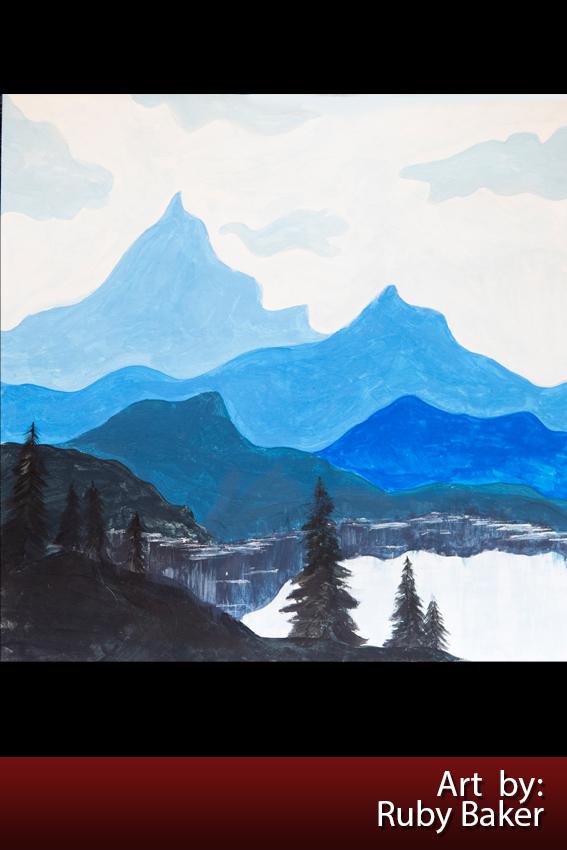
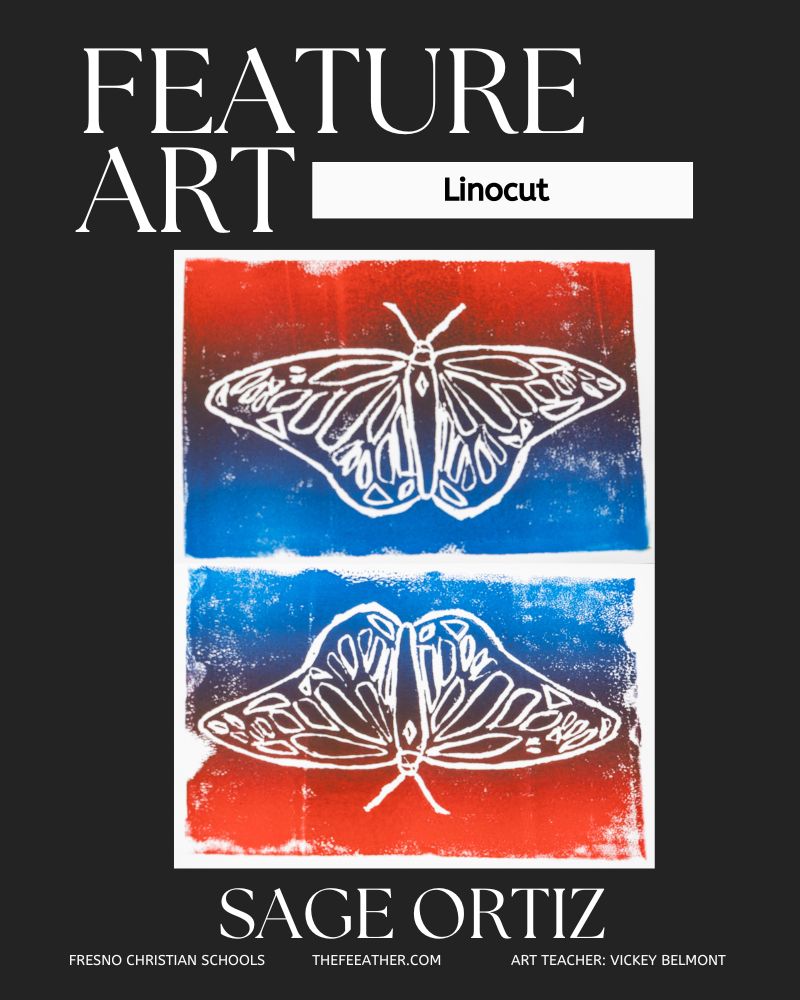
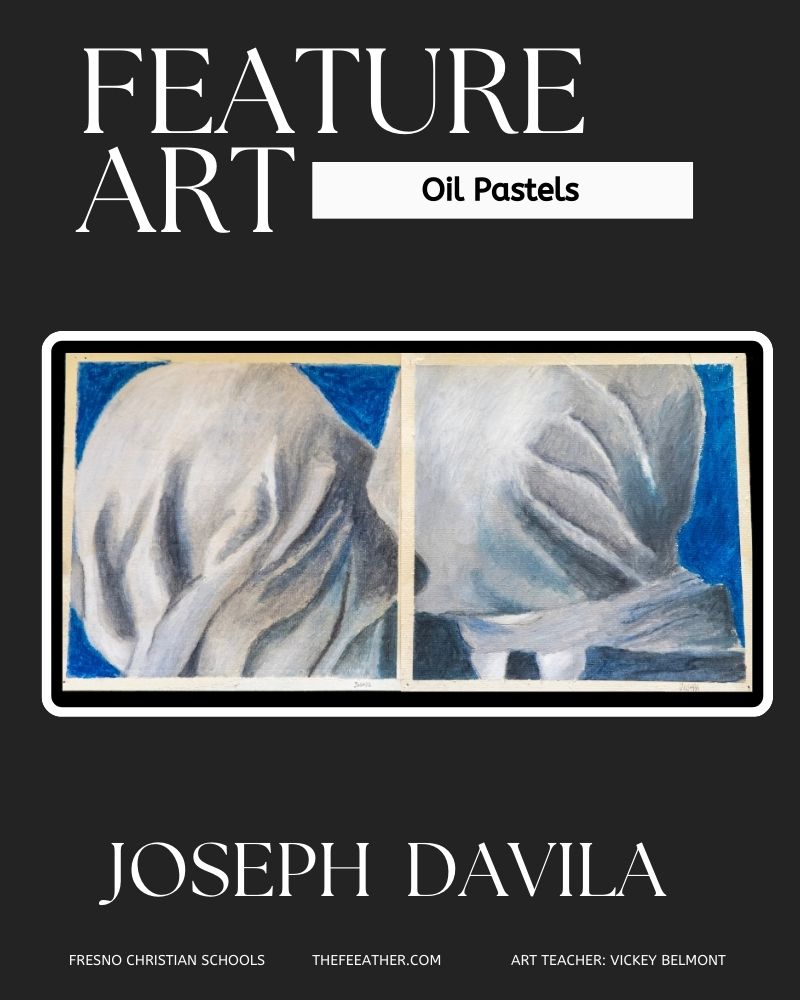

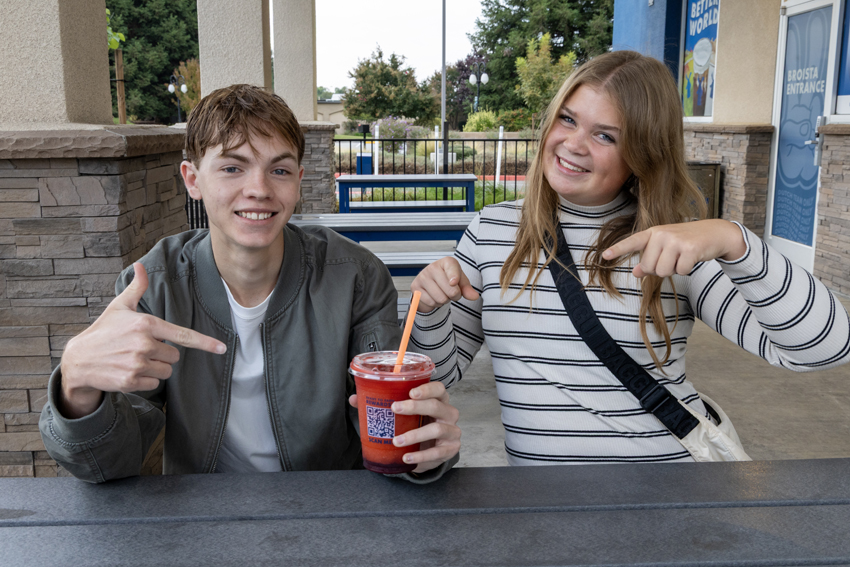
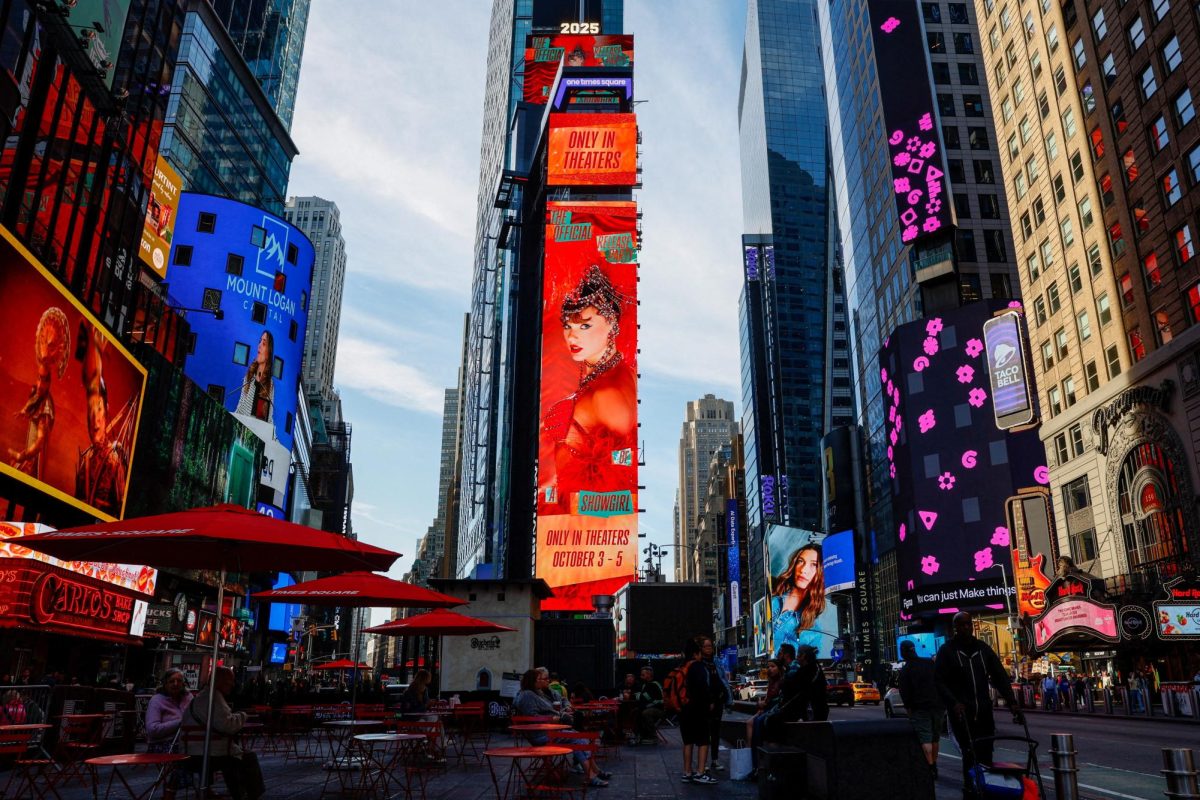
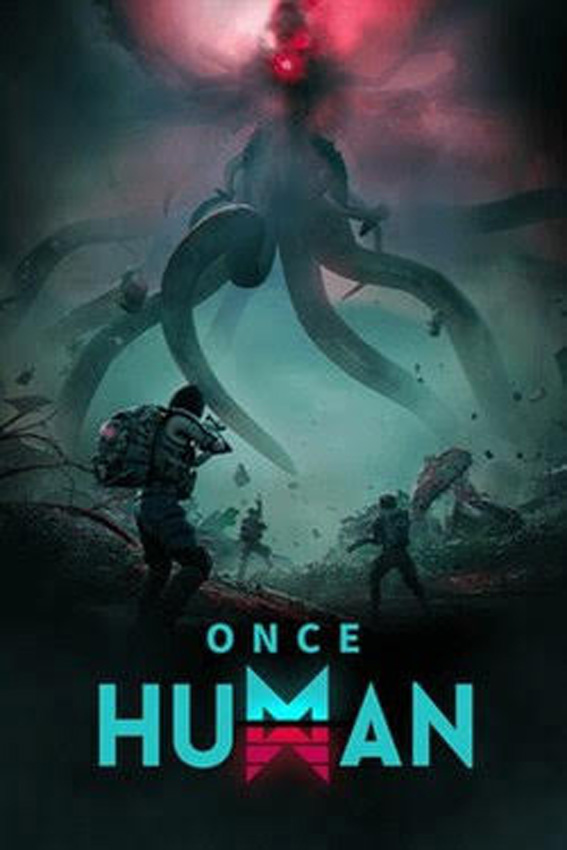
Grace LaCroix • Sep 3, 2021 at 10:58 am
That is really cool art!
Ellianna • May 14, 2021 at 10:06 am
this is so cool wow